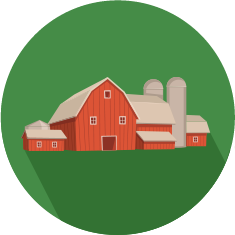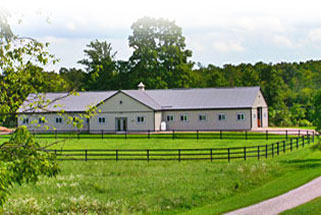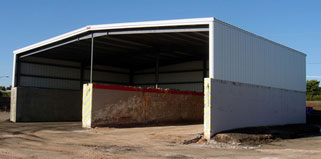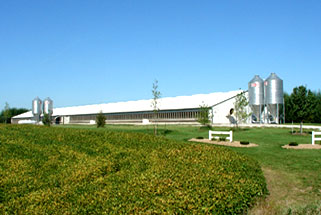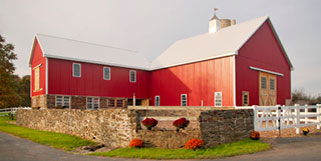When severe weather, fire, or other disasters damage or destroy commodity storage buildings, getting full and fair compensation can become a complicated process. It’s not unusual for insurance adjusters, construction companies, and owners to disagree on replacement costs. That reality is not out of the ordinary due to shifting material and labour costs and other associated expenses. This issue, among others, is why businesses in the sector have come to rely on the Douglas Agricultural Cost Guide.
The Douglas Agricultural Guide was developed from decades of hard data and practical applications that allow key stakeholders to gain uniform agreement about costs. These routinely include sometimes overlooked expenses such as razing, permits, specialty materials, and design elements of structures unique to agriculture. This trusted resource can show you how to calculate the replacement cost of silos and other commodity storage buildings, in the event of a loss.
What Makes Commodity Storage Buildings Unique?
It’s essential to keep in mind that the agricultural industry utilizes a wide range of storage building designs to store products. Modern storage facilities often employ state-of-the-art technologies and are crafted with the latest metal alloys. These materials also vary in terms of their ability to resist deterioration, weather extremes, and are increasingly easier to maintain.
While the latest designs go hand-in-hand with the latest repair and replacement costs, the longevity of older structures creates an entirely different rebuilding conundrum. Older structures commonly use robust and thick lumber considered obsolete and not economically viable in today’s modern farming operations. That’s why it would be something of an understatement to say that agriculture storage facility repair and replacement costs can be worlds and generations apart.
When using the Douglas Agricultural Cost Guide, you can generate replacement cost estimates for commodity storage buildings based on a number of factors beyond square footage, including:
- Wall types including wood, pole, masonry, concrete, and steel
- Depreciation (effective age & physical condition)
- Construction quality
- Weather extremes
- Remote areas
- Additional features such as pre-cast panel walls and refrigeration equipment
Types of Commodity Storage Buildings the Douglas Cost Guide Estimates
The Douglas Agricultural Cost Guide Delivers Accurate Estimates
The diversity among commodity storage structures prevents professionals in the insurance, construction, and other industries from using conventional square-footage methods to determine accurate estimates. That’s why the Douglas Cost Guide allows all stakeholders to account for structure, materials, labour, and nuanced differences in a hard-copy and online resource. Arriving at a mutually agreeable estimate eliminates disagreements and allows our valued farmers to move forward and rebuild.
If you’re looking to get a reliable replacement cost estimate for agricultural commodity storage buildings, subscribe to the Douglas Agricultural Cost Guide today to get started.


